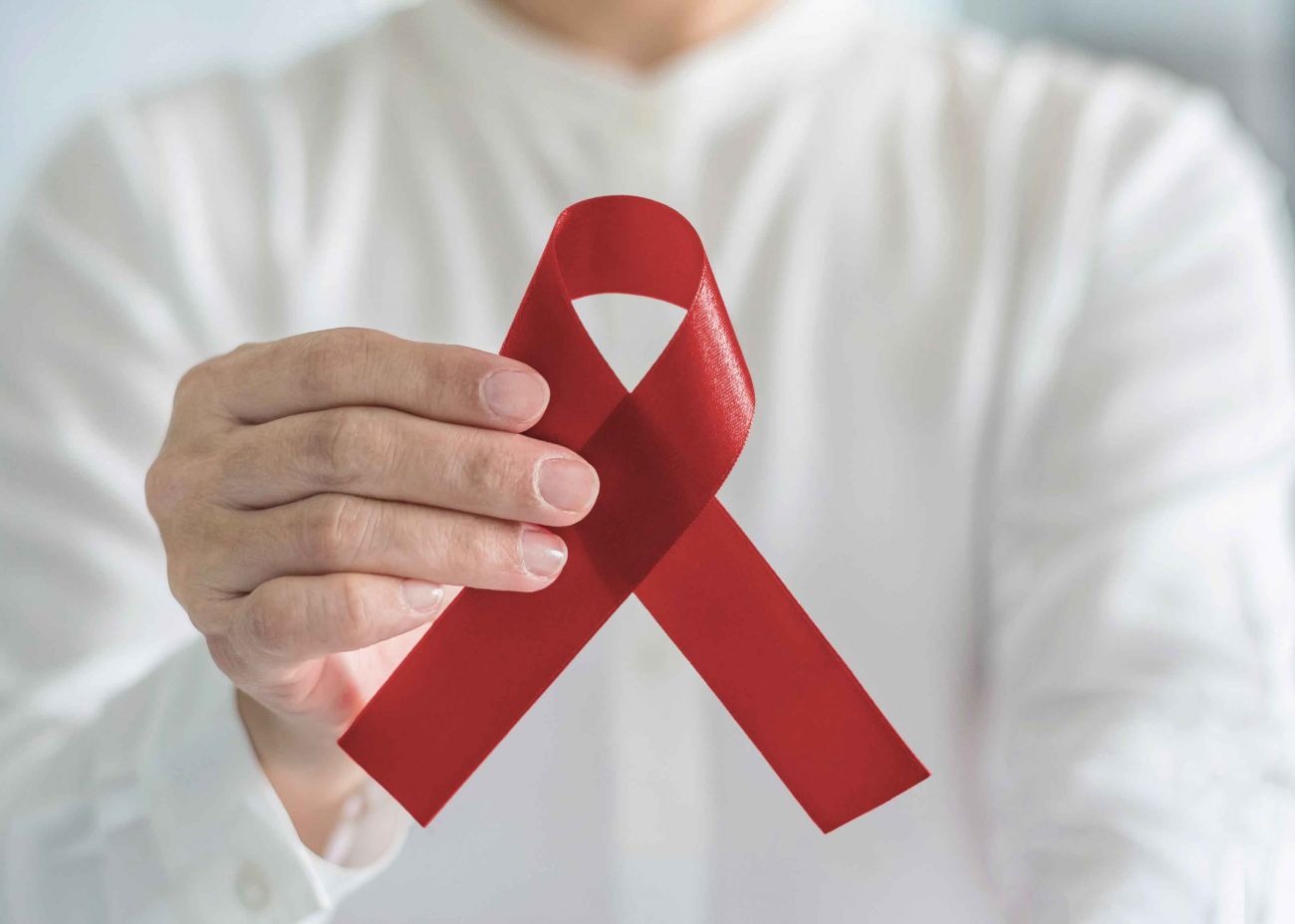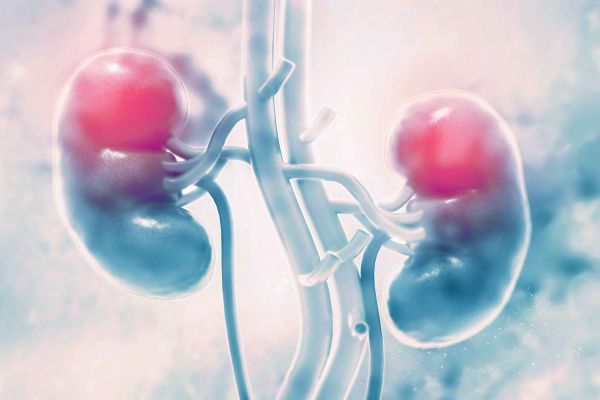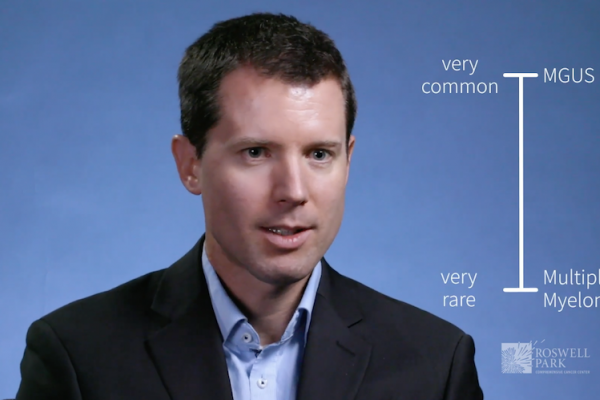Sometimes it seems much more is unknown about multiple myeloma than is known. Questions about what causes it and whether it’s an inherited disease remain unanswered, according to Jens Hillengass, MD, PhD, Chief of Myeloma at Roswell Park Comprehensive Cancer Center.
“No one knows,” says Dr. Hillengass about the cause. “There have been reports that it is more common among people in certain occupations, like painters and farmers. A condition called monoclonal gammopathy of undetermined significance (MGUS) is a precursor of the disease that has been more common in 9/11 firefighters.”
But Dr. Hillengass does have a clear answer about another aspect of the disease: Treatments for multiple myeloma have greatly improved in the past decade.
In multiple myeloma patients, plasma cells — which are a type of white blood cell and part of the immune system — multiply rapidly and continuously, causing cancer cells to accumulate in the bone marrow, pushing out healthy blood cells and producing the major symptoms of the disease. These include lytic lesions in the skeleton (holes in the bones), high levels of calcium in the blood, anemia (not enough red blood cells) and kidney dysfunction.
Dr. Hillengass serves on the National Comprehensive Cancer Network (NCCN) panel that develops the national guidelines for the diagnosis and treatment of multiple myeloma. In addition to searching for the disease’s cause, he and his colleagues on the panel would like to find an answer about whether multiple myeloma is hereditary.
“This also is unknown,” Dr. Hillengass says. “But there are some families in which there are multiple cases. Black people have more than double the risk of Caucasians, who have a higher risk than Asians.”
Several studies are exploring the disease’s potential hereditary element. At the Dana Farber Cancer Institute, the PROMISE study — which Roswell Park supports — enrolls and screens people of African descent and first-degree relatives (parents, children, siblings) of myeloma patients. In Iceland, the ISTOPMM study screens all residents above the age of 40 for myeloma and the medical conditions that can lead up to it.
“Remarkable Development” in Myeloma Treatments
While multiple myeloma is considered incurable “in the vast majority of patients,” Dr. Hillengass notes treatments for the disease have expanded considerably.
“In the last 20 years, there has been remarkable development in myeloma treatment,” he says.
Until about 2000, chemotherapy — sometimes given as high-dose chemotherapy with autologous stem cell transplantation — was the primary method for treating the disease. Today a number of new drug classes and treatments are available to patients, including:
- Immunomodulatory drugs
- Proteasome inhibitors
- Monoclonal antibodies
- Antibody-drug conjugates
- Cell membrane transporter inhibitors
- Histone deacetylase inhibitors
- CAR T-cell therapies and other adoptive cellular therapies
- Bispecific antibodies
Roswell Park aims to give multiple myeloma patients longer and better lives by finding ways to decrease the side effects of treatment and eliminate the symptoms of the disease. Our researchers develop strategies to combat the disease using vaccines developed in our Division of Translational Immuno-Oncology. They work to identify genes and proteins in myeloma cells, which could help them produce new therapies and possibly a cure.
We offer all patients the most advanced diagnostic tools, the most promising treatments and a full menu of support services, all in one location. Please contact 1-800-ROSWELL (1-800-767-9355) for more information.
Treating Multiple Myeloma
Go in-depth on the ways our experts treat multiple myeloma at Roswell Park.
Learn More


